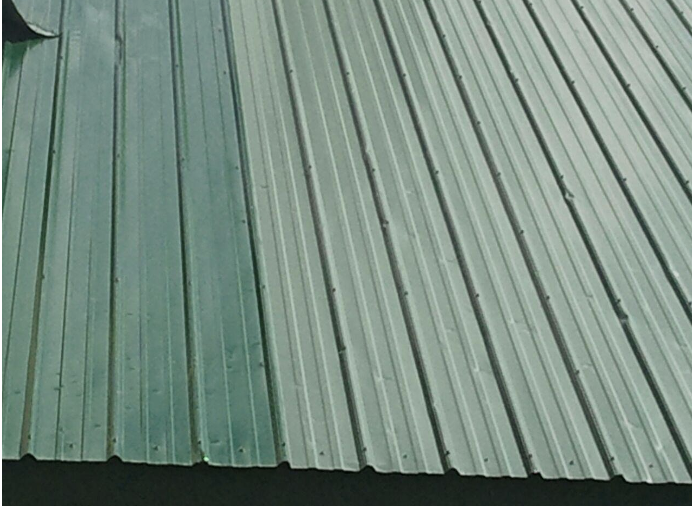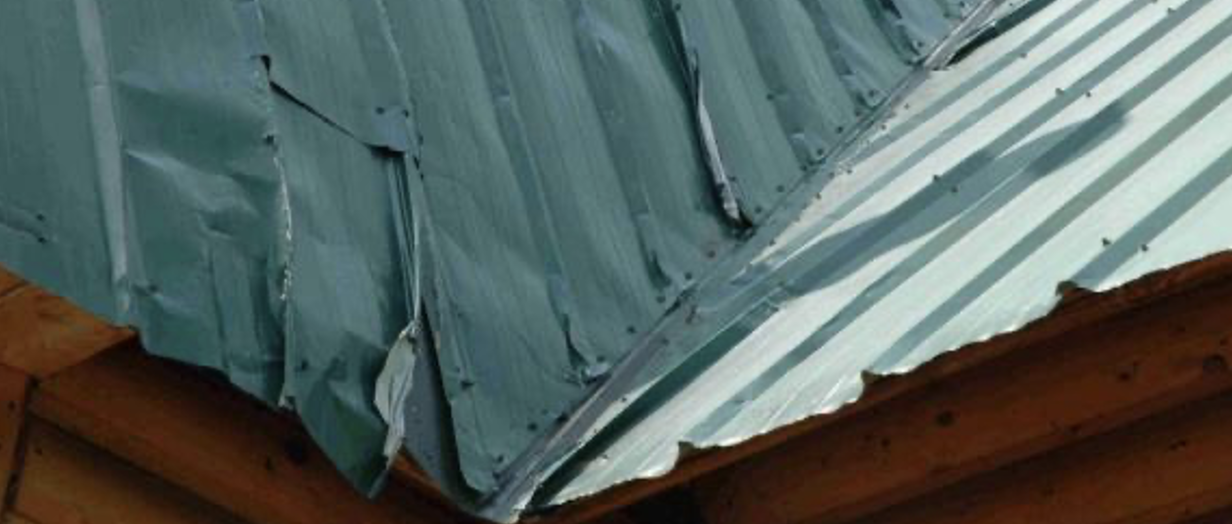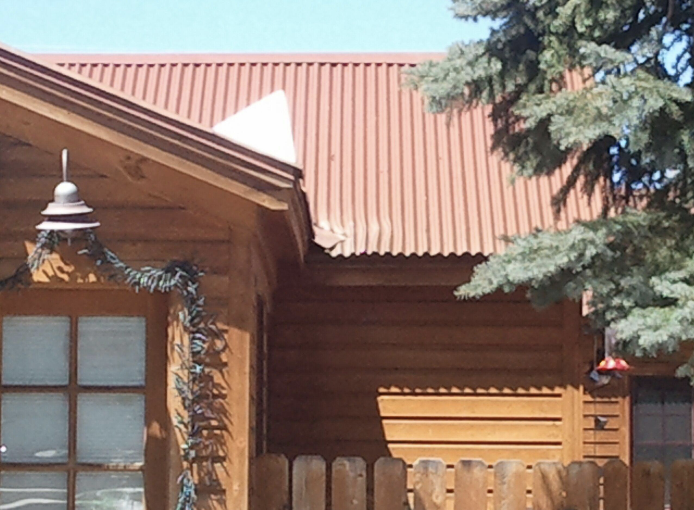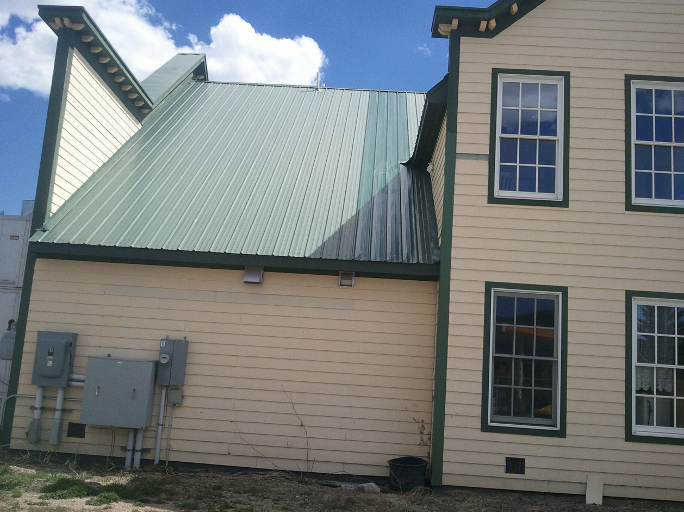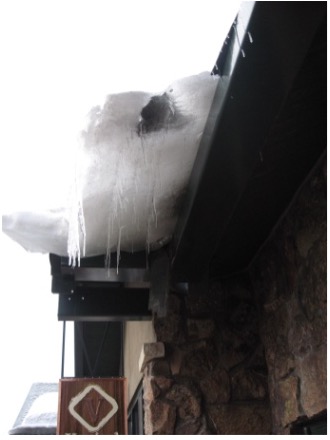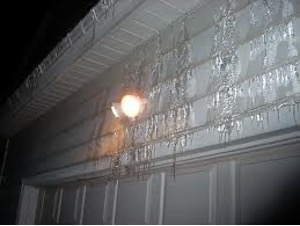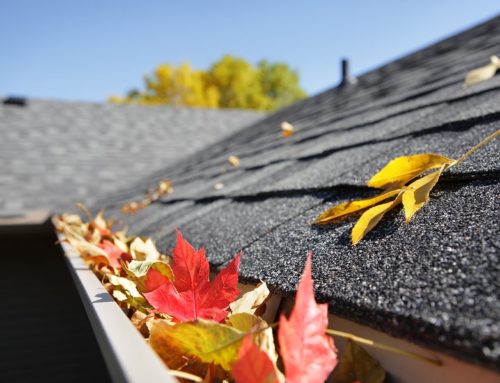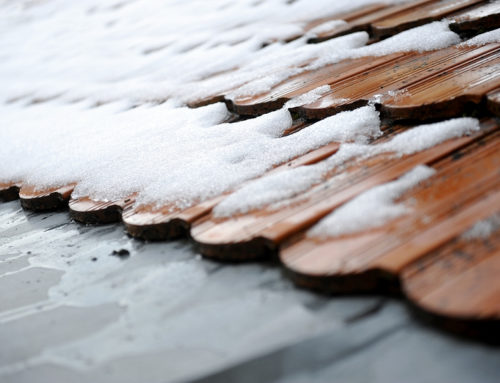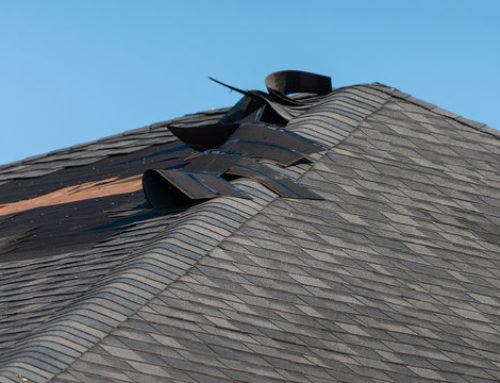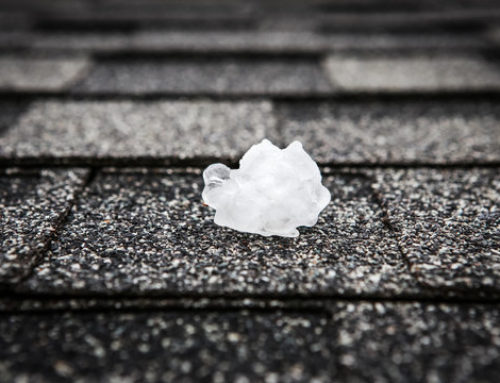How do ice dams form?
Ice dams form along the roof’s edge, usually above the overhang. Here’s why. Heat and warm air leaking from the living space below melt the snow, which trickles down to the colder edge of the roof (above the eaves) and refreezes. Every inch of snow that accumulates on the roof insulates the roof deck a little more. This keeps more heat in the attic, which in turn makes the roof even warmer and melts more snow. Frigid outdoor temperatures ensure a fast and deep freeze at the eaves. The worst ice dams usually occur when a deep snow is followed by very cold weather.

How do I know if my roof has damage?
Damage to the roof is often subtle and not noticeable. The noticeable damage occurs inside the home. Damaged roofs leak on attic insulation. In the short term, wet insulation doesn’t work well. Over the long term, water-soaked insulation remains compressed, so that even after it dries, the R-value is not as high. The lower the R-values, the more heat lost. This sets up a vicious cycle: heat loss-ice dams-roof leaks-insulation damage-more heat loss! Cellulose insulation is particularly vulnerable to the hazards of wetting.
Water often leaks down inside the wall, where it wets wall insulation and causes it to sag, leaving uninsulated voids at the top of the wall. Again, energy dollars disappear, but more importantly, moisture gets trapped in the wall cavity between the exterior plywood sheathing and the interior vapor barrier. Soon you can smell the result. In time, the structural framing members may decay. Metal fasteners may corrode. Mold and mildew may form on the surface of the wall. Exterior and interior paint blisters and peels. As a result, people with allergies suffer.
Peeling paint deserves special attention here because it may be hard to recognize what’s causing it. Wall paint doesn’t usually blister or peel while the ice dams are visible. Paint peels long after the ice—and the roof leak itself—have disappeared. Water from the leak infiltrates wall cavities. It dampens building materials and raises the relative humidity inside the wall. The moisture within the wall cavity tries to escape (as either liquid or vapor) and wets the interior and exterior walls. As a result, the walls shed their skin of paint.
What to do if your roof has snow and ice damage?
If you have snow damage or ice damage on your roof, contact us TODAY!

